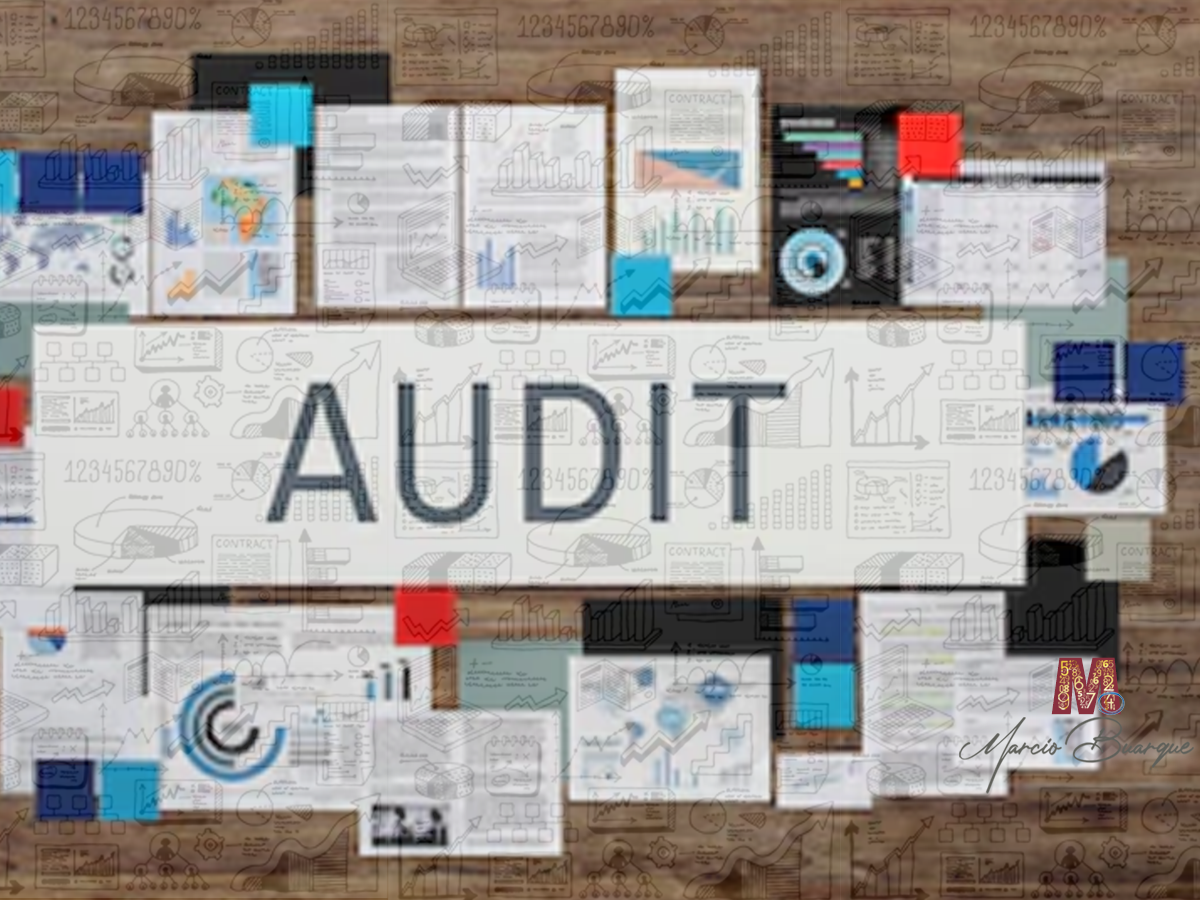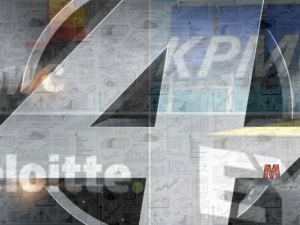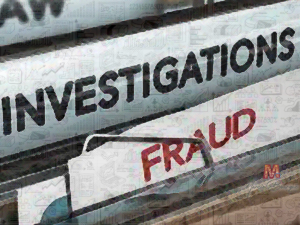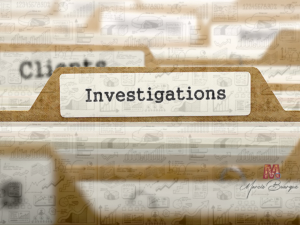
Everything you need to know to avoid requesting something unworkable without practical results.
External Audit 101
The time has come to understand what an independent audit does and realize that most “audit requests” are irrelevant. These requests don’t make sense at all.
In the Brazilian clubs, the external audit takes place annually to review an exercise that begins on 01/01 and ends on 12/31 of the year under scrutiny.
Its objective is to review the Financial Statements, which are composed of the Balance Sheet, Income Statement, Cash Flow, and other tables and notes, checking that they do not present material errors and conform to the legislation and standards with the preparation of these statements.
What would be material errors? The auditor arbitrates an amount based on his methodology and rules of the profession (aka audit approach), which will serve as a parameter for the tolerance or not of errors in the accounting and presentation of the balances on 12/31. Note that this matter of materiality alone indicates that an audited balance sheet does not guarantee 100% completeness and accuracy in the balances.
Then, adjustments are computed throughout the audit procedures.
If something individually exceeds materiality, it is necessary to adjust the statements. Otherwise, the auditee will face an exception in the audit opinion. It is also required to consider the sum of the proposed adjustments, and if this amount is higher than the parameter, at least some adjustments will have to occur to avoid exceptions.
There are also concerns regarding disclosure compliance, which is not very relevant now. Although we observed several issues regarding presentations in the Brazilian clubs, the external auditors utterly ignored most of them.
The football fan who calls for an audit wants to know about fraud, losses on specific transactions, if someone is harming the club, etc.
I will summarize the procedures for an annual external club audit as much as possible to show that an external audit will never cover fan-specific demands.
In theory, the work should start with audit planning, which implies collecting elements to understand the auditee’s business and its insertion in its market. Concomitantly with a procedure for reviewing fluctuations in balance sheets and income statements.
It is necessary to define a strategy for reviewing internal controls, which should have been mapped in this planning process, carrying out, by sampling, tests of an operational nature that allow comfort that the auditee performs such controls.
One of the objectives of this phase of evaluating internal controls is to measure the extent and type of procedure adopted in each balance sheet and result account. As there is confidence in controls, the work becomes more analytical. If no confidence or controls do not exist, the approach involves a large volume of documentary checks and external confirmation. Then it proceeds to perform the auditing procedures of the accounts.



